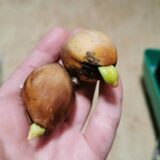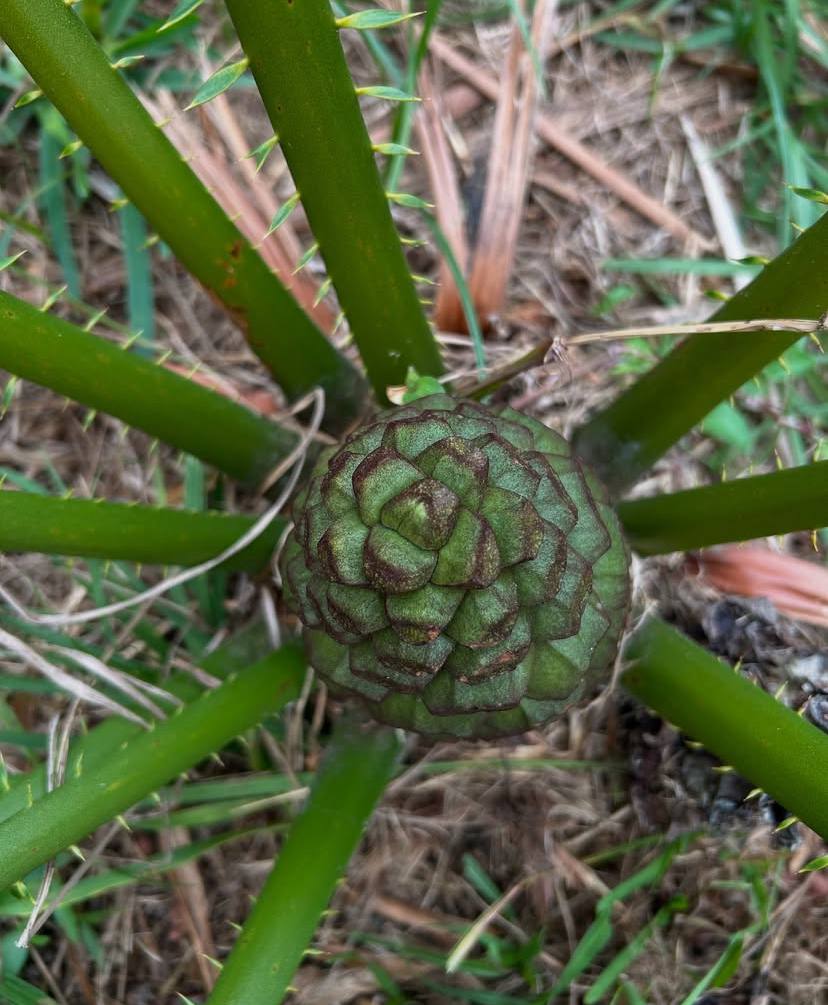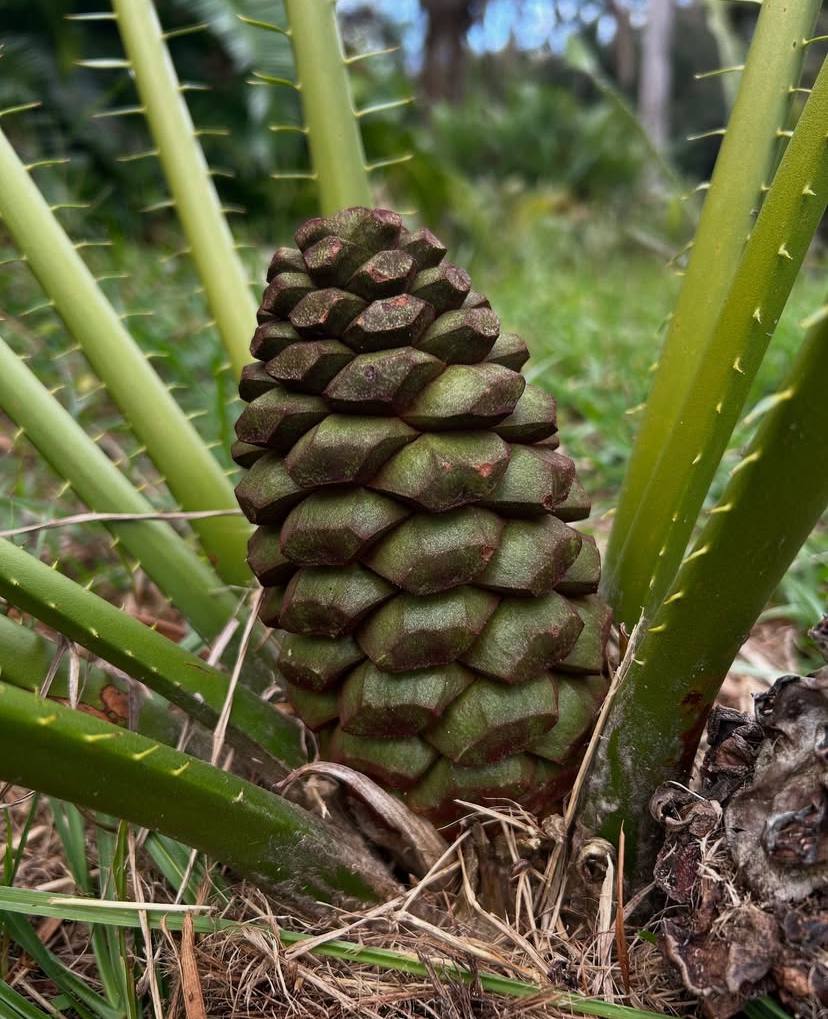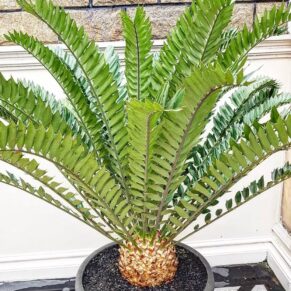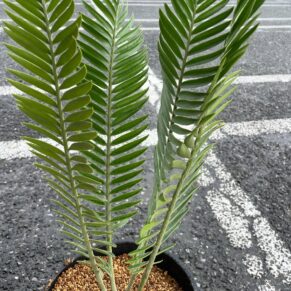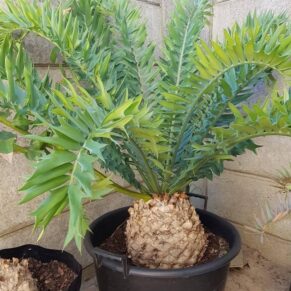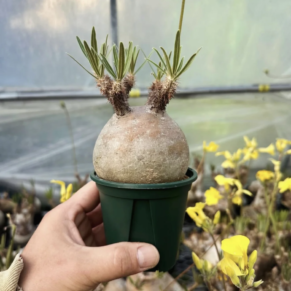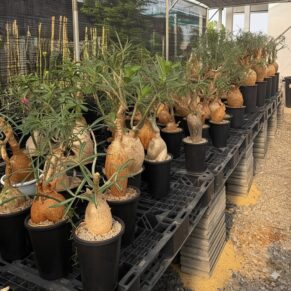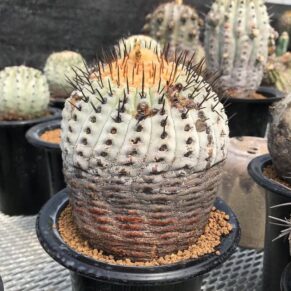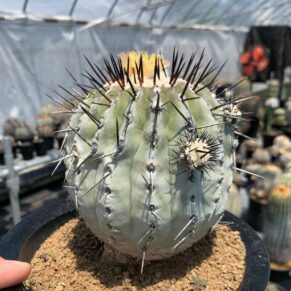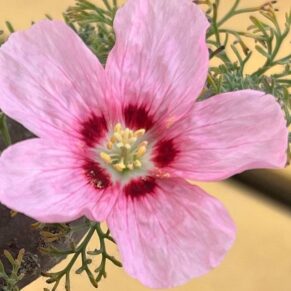- Your cart is empty
- Continue shopping
Shop
$69.00
Learn about Encephalartos barteri, a rare West African cycad known for its striking form and ecological importance. Discover its habitat, care tips, and conservation status.
Availability:12 in stock
Comprehensive Guide to Encephalartos barteri: Cultivation, Propagation, and Conservation
Introduction
Encephalartos barteri is a rare and endangered species of cycad native to West Africa, specifically found in Nigeria, Ghana, Benin, and Togo. This medium-sized cycad is renowned for its distinctive appearance and ecological significance. However, due to habitat loss and overcollection, it faces the threat of extinction in the wild.Shop E Barteri here:Join Facebook Group

Botanical Description
Taxonomy
-
Family: Zamiaceae
-
Genus: Encephalartos
-
Species: E. barteri
-
Authority: Carruth. ex Miq., 1917
-
Common Names: West African Cycad, Ghost Palm, Hosanna Palm caudexplants.com
Morphological Features
-
Trunk: Short and conical, typically reaching up to 2.6 meters in height.
-
Leaves: Bright green, ranging from 1 to 2 meters in length, with narrow, lanceolate leaflets.
-
Cones: Dioecious species with separate male and female cones. Male cones are spindle-shaped and yellow, while female cones are ovoid and green.
-
Seeds: Oblong, measuring 20–30 mm in length and 18–23 mm in width, covered by a red sarcotesta.
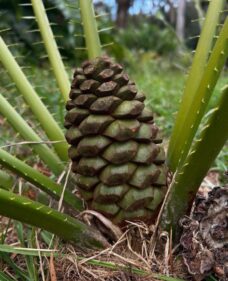
encephalartos barteri
Habitat and Distribution
Encephalartos barteri is endemic to the tropical forests and woodlands of West Africa. It thrives on rocky hillsides and valleys, particularly on sandy soils over granites and sandstones. The species is found at altitudes ranging from 400 to 1400 meters above sea level in the following regions:
-
Nigeria: Jebba and Ilorin areas.
-
Ghana: Southern districts of Lake Volta.
-
Benin: Borgou Department and near Savalou.
-
Togo: Various locations within the country.
Conservation Status
Encephalartos barteri is classified as “Vulnerable” (VU) on the IUCN Red List due to its limited distribution and declining population. The species is also listed in CITES Appendix I, indicating it is threatened with extinction and prohibited from international trade unless under exceptional circumstances. Caudexplants.com
Cultivation and Care
Light Requirements
Encephalartos barteri prefers a sunny location with well-drained soil. It is fire-resistant but sensitive to frost. In cultivation, it should be protected from freezing temperatures to ensure its survival. caudexplants.com
Soil and Watering
The plant thrives in well-drained, sandy soils. While it is drought-tolerant, regular watering is beneficial during the growing season. However, overwatering should be avoided to prevent root rot.
Propagation
Propagation is typically achieved through seeds. Due to its dioecious nature, both male and female plants are required for fertilization. Pollination is primarily wind-driven, with insects also playing a role. Once fertilized, female cones produce seeds that can be harvested and sown to propagate new plants.
Medicinal and Cultural Significance
In West African cultures, Encephalartos barteri holds cultural and ceremonial importance. The plant’s pith contains starch and sugar, and while it is considered poisonous or repellent, it has been utilized in traditional practices. Common names for the plant include “Ghost Palm” and “Hosanna Palm,” reflecting its mystical associations. Caudexplants
Threats and Conservation Efforts
The primary threats to Encephalartos barteri include habitat destruction, frequent fires, and overcollection for ornamental purposes. The species’ slow growth rate means that populations take a long time to recover if adult plants are removed from the wild. Conservation efforts are underway to protect and restore its natural habitats through community-based approaches and sustainable practices.
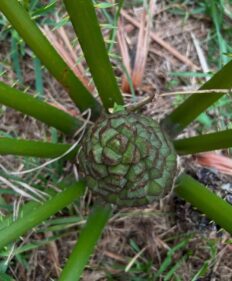
Conclusion
Encephalartos barteri is a unique and endangered cycad species with significant ecological and cultural value. Efforts to conserve and propagate this plant are crucial to prevent its extinction and to maintain the biodiversity of West Africa’s tropical ecosystems.


